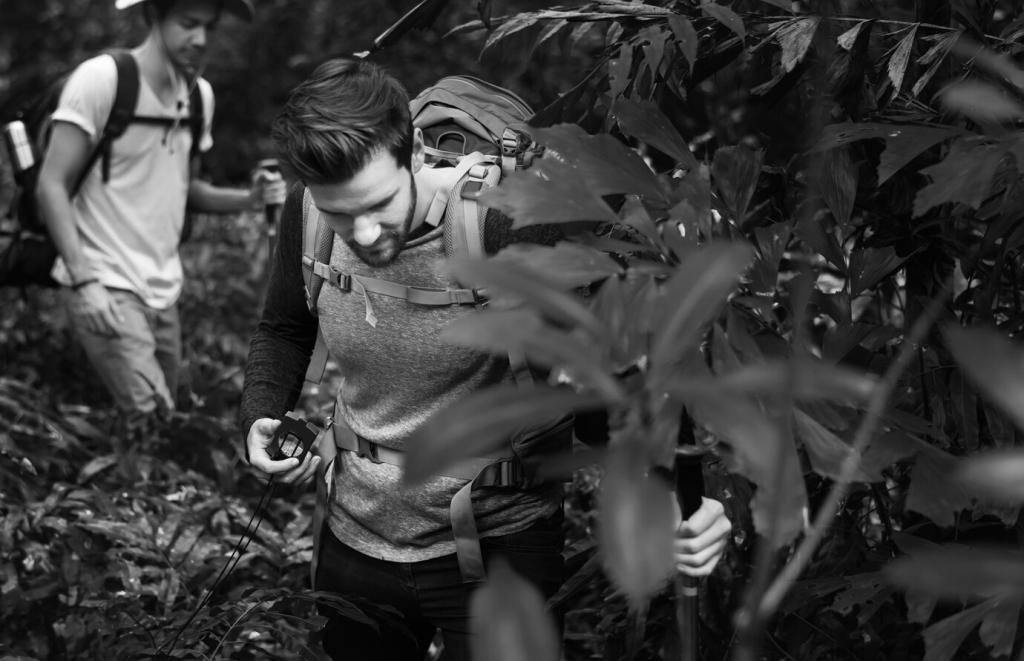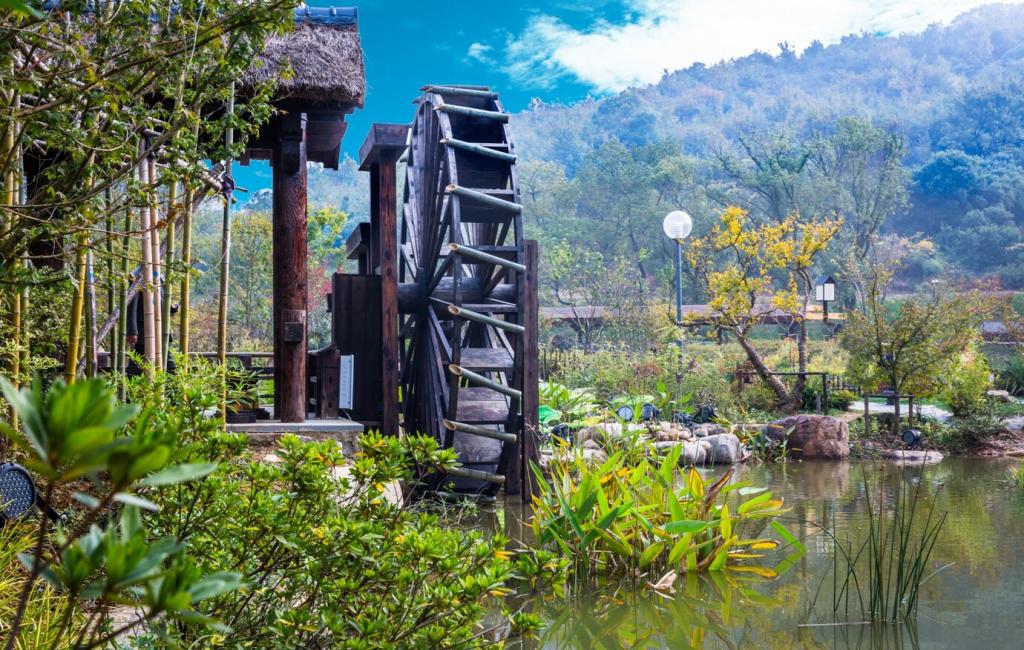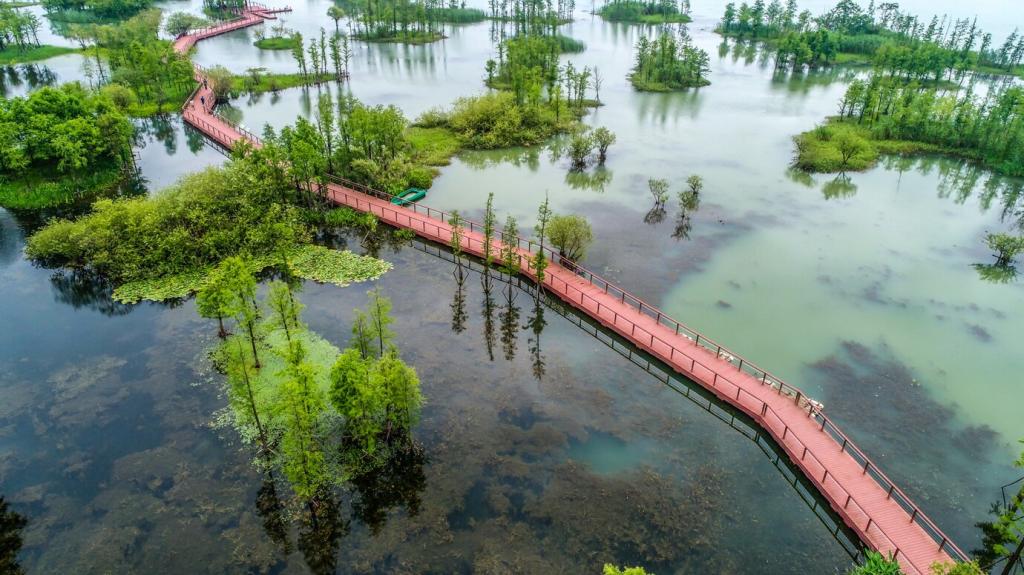Innovative Approaches to Urban Green Space Development
Urban green spaces are vital components of city environments, offering ecological, social, and health benefits to rapidly growing urban populations. As cities face increased density and climate challenges, innovative strategies for creating, enhancing, and sustaining green spaces have become essential. This page explores cutting-edge methods employed by urban planners, architects, and communities to ensure that urban green spaces not only survive but thrive for future generations.

Integrating Nature into Urban Design

Green Corridors and Urban Connectivity
Green corridors are linear parks or natural areas that connect larger green spaces, enabling wildlife movement and encouraging outdoor activity. They form ecological networks that counteract urban fragmentation, providing animals with safe passage and humans with continuous pedestrian and cycling routes. Implementing these corridors necessitates collaboration across jurisdictional boundaries and innovative planning to repurpose underutilized land, such as abandoned rail lines or riversides. When thoughtfully designed, green corridors enhance ecological value while improving urban quality of life.

Vertical Gardens and Green Roofs
Cities with limited surface area are turning to vertical spaces to maximize their green potential. Vertical gardens—living walls attached to building exteriors—and expansive green roofs offer multifunctional solutions to space constraints. These features improve insulation, reduce heat island effect, and capture airborne pollutants. Successful implementation depends on advances in lightweight soil substrates, irrigation technology, and careful plant selection, demonstrating how architecture and landscape design can harmoniously merge to create resilient urban ecologies.

Multifunctional Public Spaces
Innovative urban green space development increasingly prioritizes multifunctionality. Parks are no longer just patches of grass, but sites where flood management, urban agriculture, cultural events, and habitat creation coincide. Designers collaborate with engineers to create spaces that absorb stormwater, grow food, and host community gatherings—all within the same footprint. Multifunctional spaces not only maximize utility but also foster a deeper connection between residents and their environment, making green spaces indispensable elements of city life.
Community-Driven Green Initiatives
Urban gardens and allotments turn vacant lots or underutilized spaces into productive green areas managed by local residents. These projects offer fresh produce, social engagement, and educational opportunities, addressing food security while beautifying neighborhoods. Their success lies in community governance structures ranging from cooperative farming groups to individual plot arrangements. Urban gardens are often catalysts for environmental education and neighborhood revitalization, proving that citizen-led efforts can be instrumental in sustainable urban development.

GIS technology provides powerful spatial analysis capabilities, enabling planners to identify gaps in green space provision and optimize new development locations. By overlaying demographic, environmental, and infrastructural data, GIS helps cities prioritize underserved neighborhoods and mitigate environmental risks such as flooding or heat islands. Planners can simulate different scenarios, assess ecological connectivity, and monitor changes over time. As a result, GIS-supported planning leads to more equitable and effective urban green space networks that respond dynamically to evolving urban contexts.

Internet of Things (IoT) sensor networks are being deployed throughout urban parks to monitor factors like soil moisture, air quality, and human activity. The data collected enables predictive maintenance—watering only when needed or scheduling upkeep based on actual use patterns—reducing costs and resource consumption. Sensors can detect vandalism, littering, or safety issues, prompting rapid responses from municipal teams. This smart infrastructure not only makes urban green management more efficient but also enhances the overall safety and usability of public spaces for everyone.

Mobile apps are reshaping how residents interact with urban nature, allowing users to report issues, suggest activities, or join volunteer efforts. These platforms provide real-time information about park events, biodiversity sightings, and environmental conditions, fostering deeper connections. Some applications employ gamification to encourage exploration or environmental stewardship, while others facilitate citizen science projects that contribute valuable ecological data. By opening lines of communication between city authorities and the public, mobile apps help tailor green space development and maintenance to evolving community needs.
